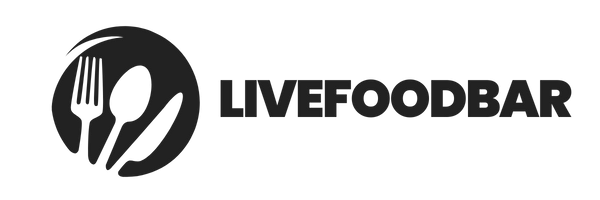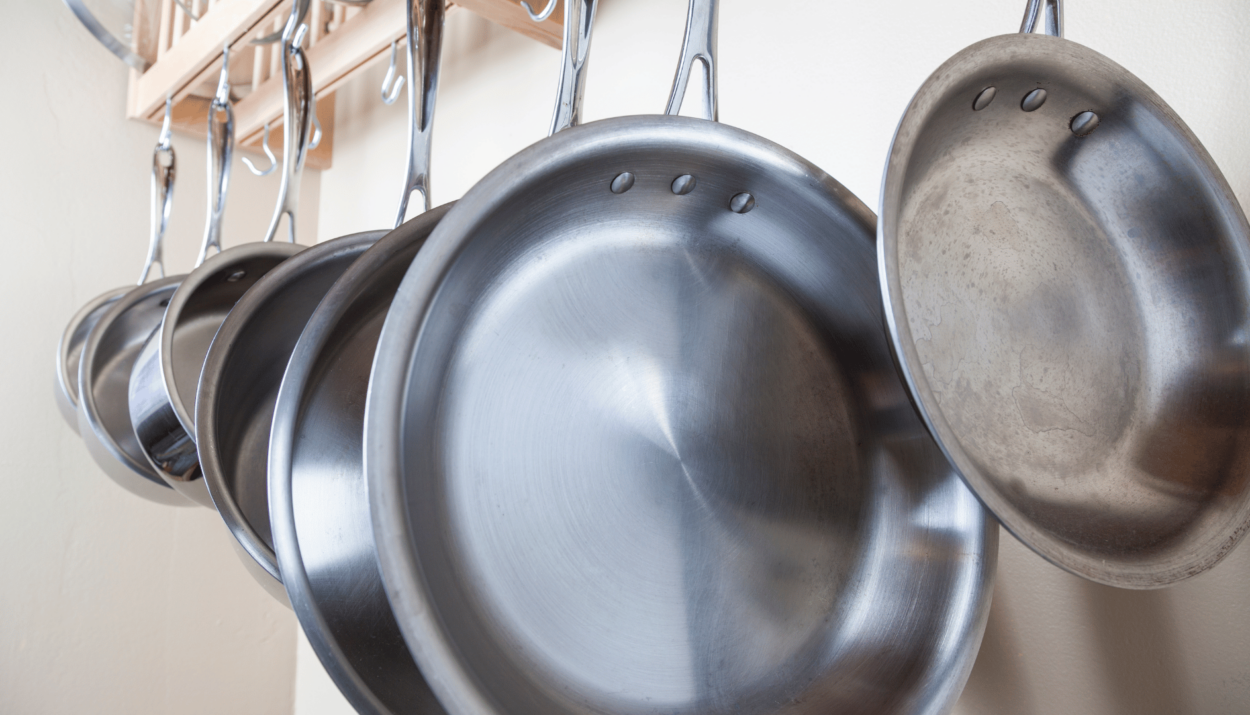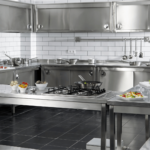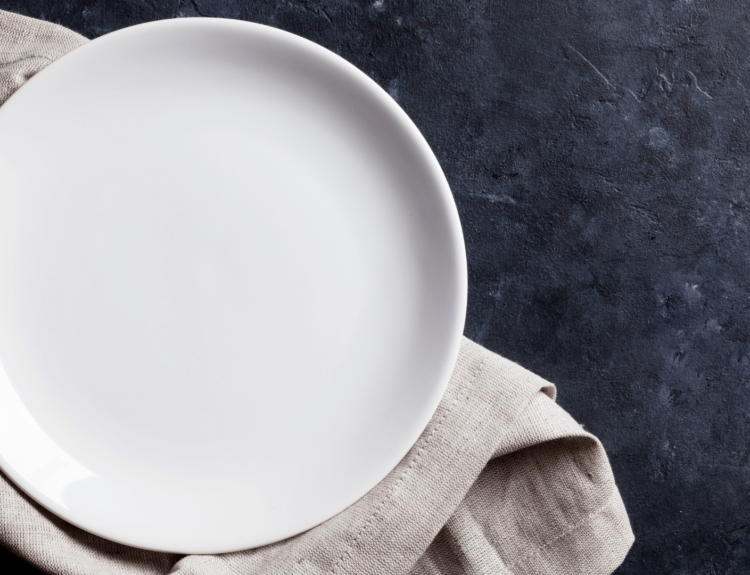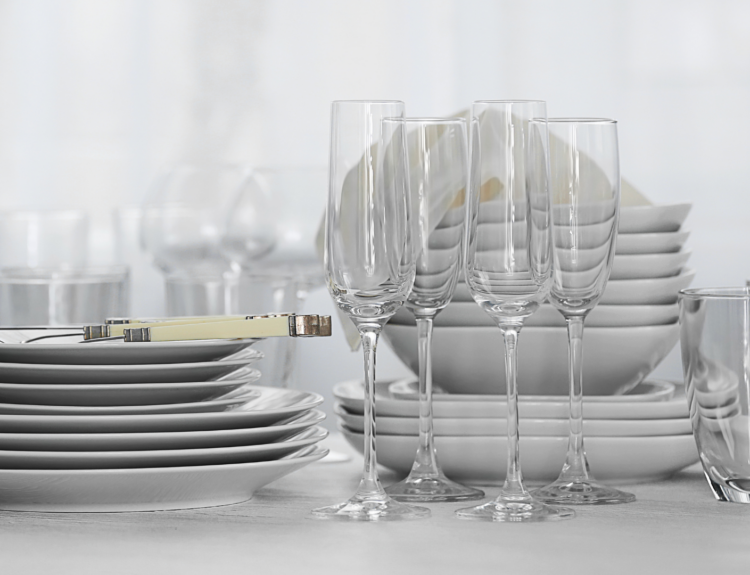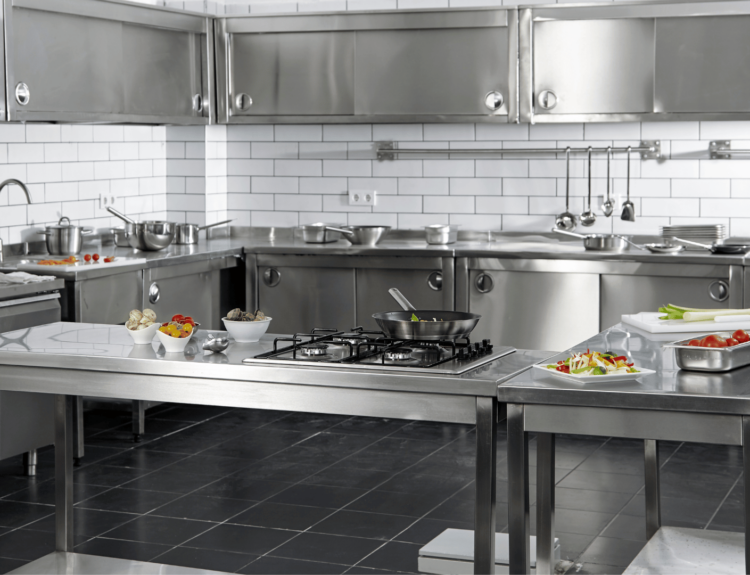Cooking is an art that requires the right ingredients, skills, and cookware. If you’re in the market for new cookware, have you considered forged cookware? In this blog post, we will take a closer look at what forged cookware is and how it compares to traditional cookware. We will also explore the different types of materials used in making forged cookware, including the role of aluminum and other common materials. You’ll learn about the health concerns and precautions to take when using forged cookware to ensure durability and longevity. Lastly, we’ll discuss the pros and cons of using forged cookware and how you can choose the best one for your kitchen. By the end of this post, you’ll be equipped with all the knowledge you need to make an informed decision on whether or not forged cookware is right for you.
What is Forged Cookware?
Forged cookware, also known as forged aluminum cookware, is crafted using a unique manufacturing process that sets it apart from other types of cookware. Unlike cast iron or stainless steel, forged cookware is made by subjecting molten aluminum to high temperatures, resulting in a durable and lightweight product. This type of cookware is popular among professional chefs and home cooks alike due to its superior heat conductivity and even heat distribution.
Making of Forged Cookware
The making of forged cookware involves subjecting molten aluminum to high temperatures, which allows the metal to take on the desired shape. The unique manufacturing process of forging creates a layer of aluminum oxide, enhancing the cookware’s durability and resistance to corrosion. This process also gives forged cookware its characteristic smooth surface, making it easy to clean.
Moreover, the forging process compacts the aluminum, creating a denser metal structure that improves heat retention and distribution. As a result, forged cookware is better equipped to handle high temperatures and maintain its quality over time, making it a popular choice among professional chefs and home cooks.
Comparison with Traditional Cookware
When comparing forged cookware to traditional cookware, there are several notable differences. One key difference is the material used. While forged cookware is typically made of aluminum, traditional cookware can be made of stainless steel, cast iron, or other materials.
The thermal conductivity of forged cookware sets it apart from many traditional options. The aluminum core in forged cookware allows for excellent heat distribution, ensuring that food cooks evenly and thoroughly. Traditional cookware materials may have varying levels of thermal conductivity, but forged cookware excels in this aspect.
Another difference lies in the durability of forged cookware. Its unique manufacturing process results in a product that is highly resistant to abrasion and wear, making it more durable than many traditional cookware options. Additionally, forged cookware is lightweight, making it easier to handle in the kitchen.
Materials Used in Forged Cookware
Forged cookware is primarily made of aluminum, which is known for its excellent thermal conductivity. Aluminum cookware is lightweight, making it easy to maneuver in the kitchen, and it heats up quickly, allowing for efficient cooking. Additionally, aluminum cookware often features stainless steel or ceramic outer layers, providing durability and non-reactivity with food. Some forged cookware also incorporates an aluminum core, further enhancing its heat distribution properties. With a combination of aluminum, stainless steel, and ceramic, forged cookware offers the best of all worlds for home cooks.
Role of Aluminum in Forged Cookware
Aluminum plays a crucial role in forged cookware, contributing to its excellent heat conductivity and lightweight nature. An aluminum pot or pan ensures even heat distribution, meaning your food will cook more evenly. The layer of aluminum oxide formed during the forging process enhances the cookware’s durability, making it more resistant to corrosion and wear.
Moreover, aluminum cookware is well-suited for high-heat cooking techniques. It can withstand high temperatures without warping or losing its shape, making it ideal for searing, sautéing, and other high-heat cooking methods. The lightweight nature of aluminum cookware also makes it easy to handle, reducing strain while cooking.
Other Common Materials
In addition to aluminum, forged cookware can incorporate other common materials to enhance its performance. Stainless steel is frequently used for the outer layers of forged cookware, providing durability, corrosion resistance, and a sleek appearance. Copper is sometimes added to forged cookware, offering excellent thermal conductivity and heat retention. Additionally, some forged cookware features a ceramic coating, which enhances nonstick properties, durability, and ease of cleaning. By strategically combining different materials, forged cookware manufacturers create highly versatile, durable, and efficient cookware options.
Types of Forged Cookware
Forged cookware comes in various types, each designed with specific purposes and preferences in mind. Some popular types of forged cookware include non-stick cookware, hard anodized cookware, and plain forged cookware. Each type offers unique features that cater to different cooking styles, needs, and preferences. Whether you’re looking for effortless food release, exceptional durability, or versatility, there is a type of forged cookware to suit your requirements.
Non-Stick Forged Cookware
Crafted through a unique manufacturing process, non-stick forged cookware is designed for easy food release and effortless cleaning. The nonstick coating prevents food from sticking, making it ideal for delicate dishes. Popular among professional chefs and home cooks, this type of cookware reduces the need for excess oil or cooking sprays due to its nonstick properties. Its versatility allows for cooking a wide range of dishes, from eggs to delicate fish fillets, making it a popular choice. The durable cookware, often featuring a layer of aluminum, offers efficient heat distribution and retention, catering to the needs of various cooking techniques and recipes.
Hard Anodized Forged Cookware
Hard anodized forged cookware stands out for its exceptional durability and resistance to abrasion, making it a popular choice among professional chefs and home cooks alike. Its ability to withstand high temperatures ensures that food is evenly cooked and browned, providing a superior cooking experience. The nonreactive nature of hard anodized cookware makes it suitable for acidic foods like tomato sauce and vinegar, without imparting any metallic taste. Moreover, its resistance to scratches ensures that the cookware maintains its quality over time, making it a durable and long-lasting option for all kinds of culinary needs.
Plain Forged Cookware
Plain forged cookware offers exceptional versatility, catering to various cooking techniques and preparation methods. Its suitability for both stovetop and oven use makes it ideal for diverse cooking needs. Renowned for its durability, lightweight construction, and efficient heat distribution, plain forged cookware is a popular choice among both professional chefs and home cooks. The absence of additional coatings ensures outstanding thermal conductivity, guaranteeing even heating for superior culinary results. With its reliable and long-lasting features, plain forged cookware continues to be a preferred option for those seeking high-quality cookware that stands the test of time.
Using Forged Cookware
Now that we have explored the different types of forged cookware, let’s discuss how to use them effectively. Understanding the right techniques and choosing the appropriate cookware can greatly impact your cooking results. Here are some key points to keep in mind:
Care and Maintenance
To maintain the longevity and nonstick properties of forged cookware, regular cleaning and seasoning are essential. Avoid using metal utensils to prevent abrasion of the nonstick coating and preserve durability. Hand wash the cookware with mild dish soap and avoid dishwasher cleaning to protect its integrity. Regularly check for signs of wear and tear, and if the nonstick coating is compromised, consider replacing the cookware for food safety. Seasoning with oil enhances nonstick properties, preventing food from sticking and extending the cookware’s lifespan. Following these care and maintenance practices will ensure that your forged cookware remains in good condition and serves you well for years to come.
Cooking Techniques
Utilizing forged cookware for various cooking techniques, such as searing, browning, and simmering, is a testament to its exceptional heat distribution and retention. The cookware’s ability to withstand high temperatures makes it perfect for achieving the ideal sear on meats and caramelization on vegetables. Whether sautéing, braising, or pan-frying, the even heat distribution ensures consistent results and optimal flavor development. Moreover, its versatility allows for seamless transitions from stovetop to oven, making it suitable for a range of cooking methods. Notably, when preparing acidic dishes like tomato sauce or vinegar-based recipes, the nonreactive nature of the forged cookware ensures that flavors remain uncompromised, presenting a unique advantage over other types of cookware.
Safety of Forged Cookware
When it comes to cookware safety, forged aluminum cookware offers certain advantages and considerations. Let’s dive into the safety aspects of using forged cookware in your kitchen.
Health Concerns and Precautions
When using forged cookware, avoid preheating it to extremely high temperatures to prevent degradation of the nonstick coating and potential health concerns. Minimize the risk of aluminum leaching by avoiding uncoated aluminum cookware, especially when cooking acidic foods. Use heat-resistant silicone or wooden utensils with nonstick forged cookware to prevent scratches and maintain food safety. Be mindful of the type of cookware used, as aluminum cookware, if not properly coated, may pose health concerns when exposed to certain ingredients. Consider cookware with an aluminum core and stainless steel or ceramic coating to ensure safety, durability, and nonreactivity, supporting overall health and wellness.
Ensuring Durability and Longevity
To ensure the durability and longevity of forged cookware, it’s crucial to avoid subjecting it to extreme temperature changes, as this can affect its structural integrity. Regularly inspect the cookware for any signs of wear, such as scratches or chips in the coating, to promptly address potential durability concerns. Consider investing in forged cookware with reinforced outer layers to enhance its resistance to abrasion during daily cooking. In high-traffic kitchens, opting for cookware with enhanced durability, like triple-clad construction, can support long-term usage. When cleaning, use nonabrasive tools and gentle detergents to maintain its longevity, nonstick properties, and overall durability. By following these practices, you can maximize the lifespan of your forged cookware, ensuring its reliability for years to come.
Pros and Cons of Forged Cookware
Before making a decision, it’s important to consider the pros and cons of forged cookware. Understanding its advantages and disadvantages will help you determine if it is the right choice for your kitchen.
Advantages of Forged Cookware
Forged cookware offers a unique manufacturing process, resulting in resilient and durable cookware. Its nonstick properties and compatibility with various cooktops make it versatile for professional chefs and home cooks. The nonreactive nature of forged cookware ensures the preservation of flavors, while its lightweight design enhances user comfort. Additionally, an aluminum core promotes rapid, even heating for precise temperature control across a range of recipes. These advantages make forged cookware a popular choice for efficient cooking practices, maintaining the integrity of culinary presentations, and providing an enjoyable cooking experience.
Disadvantages of Forged Cookware
Forged cookware, while durable and efficient, presents certain drawbacks that warrant consideration. The nonstick coating is prone to scratching, demanding cautious use of utensils and cleaning tools for maintenance. Overheating can compromise the coating’s efficacy, potentially raising safety concerns. Additionally, periodic seasoning and upkeep are necessary to sustain the nonstick properties, requiring additional attention. Some models may not be dishwasher-compatible, mandating hand washing for optimal durability. Despite long-term benefits justifying the expenditure, the initial investment in high-quality forged cookware may pose a cost consideration. These factors inform a comprehensive understanding of the potential drawbacks associated with forged cookware, enabling informed decisions for culinary pursuits.
How to Choose the Best Forged Cookware?
When selecting the best forged cookware, prioritize multilayer construction with aluminum core layers for optimal heat distribution and durability. Assess the thickness of the aluminum core for enhanced thermal conductivity. Look for nonstick ceramic coatings that are nonreactive and durable. Consider reinforced outer layers like stainless steel or ceramic for long-term reliability. Choose according to your cooking preferences and compatibility with cooktops.
Is Forged Cookware the Right Choice for Your Kitchen?
Considering its unique manufacturing process, durability, and lightweight nature, forged aluminum cookware is a popular choice among home cooks. It offers excellent thermal conductivity and heating capabilities, making it suitable for various cooking techniques. Additionally, it is compatible with induction stovetops, adding to its versatility in the kitchen.
Frequently Asked Questions
What is forged cookware and how does it differ from other types of cookware?
Forged cookware is made using a unique manufacturing process, involving shaping molten aluminum at high temperatures. This process creates a durable and lightweight cookware with enhanced heat conductivity. Unlike cast iron or stainless steel cookware, forged cookware is crafted from a single piece of metal, making it more durable and resistant to warping. Additionally, forged cookware offers better heat conductivity, allowing for even heating throughout the cooking process. The unique manufacturing process of forging also gives forged cookware a smoother surface, making it easy to clean.
What are the benefits of using forged cookware?
Using forged cookware offers several advantages. It is made from a single piece of metal, making it durable and resistant to warping. The forging process creates a denser metal structure, ensuring better heat retention and distribution. Additionally, forged cookware has a smoother surface, making it easier to clean. With proper care, it can last for generations.
Are there any downsides to using forged cookware?
While forged cookware has numerous benefits, there are a few downsides to consider. Firstly, it tends to be more expensive compared to other types of cookware. Additionally, forged cookware is typically heavier, which may be a concern for some individuals. Furthermore, the manufacturing process can result in slight variations in thickness and shape. Lastly, care must be taken to avoid scratching or damaging the surface, as it can impact its non-stick properties.
How can I properly care for and maintain my forged cookware?
To properly care for and maintain your forged cookware, hand-wash it with mild soap and warm water. Avoid using abrasive sponges or cleaners. Make sure to dry it completely before storing to prevent rusting. Regularly season your cookware with oil to maintain its non-stick surface. Additionally, avoid overheating or exposing it to extreme temperature changes.
Conclusion
Forged cookware offers numerous benefits when it comes to durability, heat distribution, and cooking performance. Its unique manufacturing process sets it apart from other types of cookware, making it a popular choice among professional chefs and home cooks alike. With proper care and maintenance, forged cookware can last for many years, providing you with reliable and efficient cooking tools. However, it’s important to note that forged cookware may come with a higher price tag compared to traditional options. It’s crucial to consider your cooking needs and budget before investing in this type of cookware. Ultimately, the decision to use forged cookware will depend on your personal preferences and cooking style.
